Manaslu Expedition is a breathtaking trekking and mountaineering adventure that treks through several villages, valleys, forests, and terraces with scenic views of mountain peaks among climbing expeditions in Nepal.
Overview:
Mount Manaslu formerly known as Kutan I gets its name from the Sanskrit word 'Manasa'. The word 'Manasa' roughly translates to Mountain of the Spirit. Mt. Manaslu is the eighth-highest mountain in the world to dominate the skyline. Just located 40 miles away from Annapurna, Mt. Manaslu towers over the surrounding landscapes. This aura of dominance attracts brave expeditioners and climbers from all over the world to ascend this challenging peak. Mt. Manaslu Expedition is one of the most popular expeditions in the Himalayas.
The first attempt at Manaslu was made in 1953 by a Japanese team from the Budhi Gandaki Valley, however, the first ascent was made only in 1956. Manaslu Nepal has always been sought after by climbers as an alternative to Cho Oyu before summiting Everest. Manaslu is recommended for its challenge over the Cho Oyu Expedition. Even though ridges and moraines surround the summit, there are six different routes for the Manaslu ascent. The southeast route is often regarded as the hardest. Physical and mental preparation as well as climbing experience is required to successfully make the ascent.
The Mount Manaslu Expedition starts from a very low elevation (500m) to a maximum elevation (8163m). The journey starts with Manaslu Circuit Trek leading to Manaslu Base Camp. The Manaslu Circuit Trek follows breathtaking treks along several villages, valleys, forests, and terraces with scenic views of Manaslu mountain peaks. From the Base Camp, the climb is relatively straightforward to Manaslu summit. To ease the climbing experience, four camps will be set up above the Base Camp. Expert climbers with experience in handling any type of situation will monitor as well as guide the ascent while the Sherpas will take care of carrying the equipment along the way.
The expedition begins with a long scenery-filled drive from Kathmandu to the hustling environment of market town - Arughat leading to Soti Khola. The trek starts from Soti Khola towards Maccha Khola. The journey is filled with trails that lead through evergreen Rhododendron and pine forests. These trails provide tremendous views of snow capped peaks of Gorkha massifs. During this trek, historical and cultural experiences of indigenous communities can be observed in the villages along the way. Their traditions are reflected in the accommodations of lodges and teahouses. For example, Labishe village is known for the Gurung people. Similarly, Jagat village is famous for being a trade point to and from Tibet.
Samagaon is known by many as an acclimatization zone to physically accommodate the Manaslu summit and overcome altitude sickness. Samagaon also has various monasteries and gumbas to explore during the stay. Mount Manaslu Climbing Expedition is an opportunity to blend in the peace of nature.
Where is Manaslu Located?
Mount Manaslu is located in the Gorkha District of Nepal. Its geographical coordinates are approximately 28°32′58″N latitude and 84°33′43″E longitude. The Manaslu mountain is a part of the Mansiri Himal, which is a subrange of the Nepalese Himalayas. The area surrounding Manaslu, called the Manaslu Conservation Area, includes various ecosystems such as subtropical forests and alpine zones.
The trek to Mt. Annapurna starts after a road drive to Soti Khola, which is approximately 119 km away from Kathmandu. Mt. Annapurna is recognized as the tallest peak in the Gorkha District and is located around 40 miles from Annapurna. There are several trekking options available for enthusiastic mountaineers, but the most popular one is the 177 km hiking trail that bypasses Annapurna and goes through the Manaslu massif.
The trail to reach Mt. Manaslu summit is mostly rugged and filled with debris, rocks, and boulders. Climbing the steep glaciers, long snowy ridges, and crevasses is equally challenging and demanding. Before the trek, trekkers must acquire technical skills such as rope climbing and crevasse rescue. These skills will help them overcome the difficulties during the trek and successfully reach the summit.
After the Manaslu base camp, mountaineers have to trek for a long distance on a constantly inclined trail covered in snow. There are numerous crevasses that trekkers must cross and they may also encounter snow slides. Climbing the glaciers and passes poses some of the toughest challenges for trekkers on the Manaslu Himal Expedition.
Best time for Manaslu Expedition:
The best time for the Manaslu Base Camp Expedition typically aligns with the autumn season, specifically from September to November. Manaslu, standing at 8,163 meters (26,781 feet), is the eighth-highest mountain in the world and lies in the Nepalese Himalayas. This period offers the most stable Manaslu weather conditions, making it ideal for mountaineering activities. During autumn, the monsoon rains have ceased, and the skies are generally clear with less precipitation. This means climbers experience better visibility, reduced risk of avalanches, and more predictable climbing conditions.
The temperatures are also milder compared to the extreme cold of winter or the unsettled Manaslu weather of the spring. The journey of Manaslu climbing season for the base camp itself is awe-inspiring, passing through diverse landscapes from lush green forests to high alpine meadows. The Manaslu Climbing route typically starts from the village of Soti Khola, leading through picturesque villages inhabited by the indigenous Gurung and Sherpa communities. Once at base camp, climbers begin acclimatization, gradually ascending Manalsu high camps while taking necessary rest periods to adjust to the altitude.
The final push to the Manaslu summit involves navigating challenging terrain and negotiating icefalls and gaps. Expeditions to Manaslu Nepal require careful planning, physical fitness, and technical climbing skills. Experienced Manaslu Expedition Guide and support teams are essential for safety and logistical support throughout the expedition. September to November provides the best window for a Manaslu 8163 M Expedition due to favourable weather conditions, offering climbers the best chance to summit this majestic peak safely and successfully.
Mount Manaslu Expedition Cost:
The cost of a Manaslu expedition in 2024 typically includes several factors. On average, climbers can expect to spend between $25,000 to $40,000 USD per person for a guided expedition. This cost covers necessary permits, which are substantial due to Manaslu's status as one of Nepal's 8,000-meter peaks, along with logistical support such as base camp services, tents, food, and transportation. Additionally, Manaslu expedition costs often include experienced guides and Sherpa support, who are crucial for safety and assistance during the climb. Equipment rental or purchase, travel to and from Nepal, visa fees, insurance, and personal expenses also contribute to the total cost.
Manaslu Region Expedition Routes:
The Manaslu region expedition offers several routes that mountaineers can choose from, each presenting unique challenges and scenic beauty. The most commonly used Manaslu Climbing route is the Northeast Face, known for its accessibility and popularity among climbers. This route starts from the village of Sama Gaon and ascends through base camps at various altitudes, allowing climbers to acclimatize gradually.
Another route, the Northeast Ridge, is known for its technical difficulty and stunning views of Manaslu's northeast face. Climbers often face challenging terrain and steep sections along this route, making it a choice for experienced mountaineers seeking a demanding Manaslu ascent. For those preferring a less crowded path, the Southeast Face route offers a quieter alternative. This route starts from Samagaon and follows a less-traveled path through the beautiful Budhi Gandaki Valley, eventually joining the standard North East Face route higher up.
A newer Manaslu Climbing route, the South Face, has gained attention in recent years. It involves a direct ascent from the south, offering a different perspective of Manaslu and requiring advanced technical skills due to its steep and demanding terrain. Each route to the summit of Manaslu presents its own set of challenges and rewards, from breathtaking Himalayan landscapes to the physical and mental demands of high-altitude mountaineering. Climbers must carefully consider their experience, skills, and objectives when selecting a route, ensuring a safe and memorable expedition on the world's eighth highest peak.
Manaslu Expedition Climbing Permits:
Climbing Manaslu, the eighth-highest mountain in the world, requires a special permit. Manaslu is located in the Himalayas of Nepal, and it reaches an elevation of 8,163 meters (26,781 feet). To climb Manaslu, you need to get a permit from the Nepalese government. These permits are essential for ensuring safety and regulating the number of climbers on the mountain.To obtain a Manaslu climbing permit, you must apply through the Department of Tourism in Nepal.
This department handles all the paperwork and requirements for climbers. The permit fees vary depending on the season. The autumn season, which is the most popular time for climbing, has higher fees. During this season, a permit costs around $1,800 per person. In the spring season, the permit fee is slightly lower, about $1,500 per person. These fees help fund the management and conservation of the mountain. Climbers need to be part of an organized expedition. Independent climbing is not allowed in Manaslu.
This means you must join a group led by a licensed Manaslu Expedition guide or a trekking agency. These agencies help with logistics, safety, and support during the climb. Before you can climb Manaslu, you must also obtain a Trekking Information Management System (TIMS) card. This card is necessary for all trekkers in Nepal and costs around $20. It helps keep track of trekkers and ensures their safety. The Manaslu climbing expedition requires a permit from the Nepalese government, joining an organized expedition, and obtaining a TIMS card. These steps ensure a safe and regulated climbing experience on one of the world's highest mountains.
Difficulty Level for Manaslu Himal Expedition:
The Manaslu expedition is considered one of the most challenging climbs in the world. Manaslu, the eighth-highest mountain, stands at 8,163 meters (26,781 feet) in Nepal. Climbing this peak requires significant preparation, experience, and physical fitness. The journey to the summit involves technical climbing, harsh Manaslu weather, and high altitudes.
The Manaslu ascent begins with a trek through lush forests and traditional villages. As climbers move higher, the terrain becomes more difficult, with steep ice and snow slopes. The route involves several camps, each progressively higher, where climbers acclimatize to the thin air. Acclimatization is crucial to prevent Manaslu altitude sickness, which can be life-threatening.
Manaslu’s weather is unpredictable and can change rapidly. High winds, heavy snowfall, and avalanches are common risks. Climbers must be prepared for these conditions and have the necessary Manaslu Climbing gear, including high-quality climbing equipment and warm clothing.
The technical challenges of Manaslu include crossing crevasses and climbing through icefalls. Ropes and ladders are often used for safety. The final push to the summit is particularly demanding, with steep and exposed sections that test climbers' skills and endurance.
Despite the difficulties, the Trekking expedition to Manaslu is a popular choice for mountaineers aiming to climb an 8,000-meter peak. The mountain offers stunning views and a sense of achievement. However, due to its complexity, it is recommended only for experienced climbers who have previously tackled high-altitude mountains.
The Mt. Manaslu expedition is a difficult and demanding climb. It requires thorough preparation, advanced climbing skills, and the ability to endure extreme conditions. Those who succeed in reaching the summit are rewarded with a remarkable and unforgettable experience.
Detailed of Manaslu Expedition Itinerary:
Day 01: Arrival at Kathmandu
As you arrive at Tribhuvan International Airport, Kathmandu you will be greeted by a designated individual. Then you will be transferred to your hotel where you will be briefed on the set itinerary to make necessary trip preparations along with paperwork.
- Accommodation: Hotel
Day 02: Sightseeing in Kathmandu and Manaslu Expedition Preparation
Today we went sightseeing in Kathmandu. This mostly includes UNESCO World Heritage sites which have cultural and historical importance. Some of these are Swayambhunath Temple, Pashupatinath Temple, Kathmandu Durbar Square, etc. Back at the hotel, you will be briefed on the set itinerary to make necessary trip preparations along with paperwork.
- Accommodation: Hotel
- Meal: Breakfast
Day 03: Drive to Arughat and Soti Khola
Today we leave early in the morning for Arughat. The drive to Arughat follows a serpentine highway filled with scenic views. The roads are filled with roadside villages. We continue driving north of Arughat to reach Soti Khola. After an almost 10-hour-long drive to Soti Khola, we spent the night at a local lodge.
- Accommodation: Guesthouse
- Meal: Breakfast, Lunch and Dinner
Day 04: Trek to Machha Khola
The trek from Soti Khola goes through a bridge to reach a big rock. From there we descend along the banks of the Budhi Gandaki River. The rocky trail then rises steeply towards a village inhabited by people of the Gurung community, Labishe. A short trek from Labishe and we arrive at Machha Khola where we spend the night.
- Accommodation: Guesthouse
- Meal: Breakfast, Lunch and Dinner
Day 05: Trek to Jagat
The trek begins along the banks of the Budhi Gandaki River. The trail from Maccha Khola has us ascending as well as descending through several ridges. The trek then follows along a better trail to Jagat village. We spent the night at a local lodge.
- Accommodation: Guesthouse
- Meal: Breakfast, Lunch and Dinner
Day 06: Trek to Deng
After breakfast, we leave for Deng. The trail is filled with Mani-painted walls leading to Sirdibas. From there we head to Ghatta Khola and then to Phillim. We make our way across the Budhi Khola River and continue till we reach Deng village where we spend the night.
- Accommodation: Guesthouse
- Meal: Breakfast, Lunch and Dinner
Day 07: Trek to Namrung
Our trek starts today with several ascends and descends to reach Ghap village. We then follow up a route through a forest of bamboo and Rhododendron. The trail reaches the village of Namrung.
- Accommodation: Guesthouse
- Meal: Breakfast, Lunch and Dinner
Day 08: Trek to Sama Gaon
We leave for Sama Gaon by a trail that passes along a waterfall to reach the village of Barchham. The trek climbs up to Lihi village. The trail continues down and across the Hinan River. We gradually ascend to Sho village where we are welcomed by the mountain views of Himal Chuli and Manaslu. From Sho village, we descend through fields to Sama Gaon passing Shyala.
- Accommodation: Guesthouse
- Meal: Breakfast, Lunch and Dinner
Day 09: At Sama Gaon
Today is acclimatization day in Sama Gaon. At 3500m we try to overcome the cold and high altitude further along our journey. On this day we go on an exploration of Sama Gaon village. We can visit Gompas or take a short hike to Pung Gyen Gumba. We returned to spend the night at Sama Gaon.
- Accommodation: Guesthouse
- Meal: Breakfast, Lunch and Dinner
Day 10: Trek to Manaslu Base Camp
We begin our trek by climbing over rocks deposited by glaciers and then across Birendra Kund Lake. The lake gives a beautiful view of the reflection of Mt. Manaslu. At the Base Camp site, we make necessary arrangements for Manaslu ascent the following day.
- Accommodation: Camping
- Meal: Breakfast, Lunch and Dinner
Day 11 - 35: Manaslu climbing expedition and descending to Base Camp
We spend several days acclimatizing ourselves by performing climbing practices. Four additional camps will be set up above the base camp each at higher altitudes. The climb of Mt. Manaslu will be observed and coordinated by experienced climbers whereas the Sherpas will do the hard work of carrying the equipment and Manaslu Climbing gears necessary for the ascent. At the top of the summit, the climb is rewarded by breathtaking views of neighboring Himalayan peaks such as Ganesh Himal, Himal Chuli, and Manaslu North. We descend by following the same route back down to base camp after spending much-appreciated time at the summit.
- Accommodation: Camping
- Meal: Breakfast, Lunch and Dinner
Day 36: Trek to Sama Gaon
After the summit, we went back to trekking for the return. The route back is the same as we descend along the glacial rocks. When we return back to Sama Gaon, the celebration will be made on our achievement as we spend the night there.
- Accommodation: Guesthouse
- Meal: Breakfast, Lunch and Dinner
Day 37: Trek to Samdo
The trek to Samdo goes up north along the Budhi Gandaki River. The trail leads us to Khormo Kharka where Mt. Manaslu can be seen in the backdrop. We continue on our way as we ascend a short hill and then descend down as we cross the river. Another short trek uphill and we reach Samdo where we spend the night.
- Accommodation: Guesthouse
- Meal: Breakfast, Lunch and Dinner
Day 38: Trek to Larkya Pedhi (Dharamshala)
The trek to Larkya Pedhi starts by a descend and over across Gyala river. Mani stones can be followed along our ascent to Larkya Pedhi. The trail rewards us with stunning views of Larkya Peak and the north face of Manaslu.
- Accommodation: Guesthouse
- Meal: Breakfast, Lunch and Dinner
Day 39: Trek to Bhimtang Phedi
Early in the morning our trek begins by a climb over a ridge. The climb continues steeply as we head to the crossing of Larkya La Pass (5135m). The pass provides a sceneric view of Annapurna II, Himlung, Menjung, Gyagi Kang, Kang Guru and Cheo Himals. The trail from the pass descends down to Bhimtang.
- Accommodation: Guesthouse
- Meal: Breakfast, Lunch and Dinner
Day 40: Trek to Dharapani
The trail to Dharapani begins with a descent through Rhododendron and pine forest. This descent leads to Hompuk and further along to the river bed of Dudh Khola. The trail continues towards Kharche then descends to Tilije village with the populace mostly of Gurung community. A large suspension bridge over Marsyangdi River takes us to Dharapani for an overnight stay.
- Accommodation: Guesthouse
- Meal: Breakfast, Lunch and Dinner
Day 41: Trek to Syange
The trek from Dharapani climbs up and passes through Tal village. Our trail heads towards Chyamje as we cross another river again. The trail continues by a descent through a forest of Rhododendron as we reach Syange.
- Accommodation: Guesthouse
- Meal: Breakfast, Lunch and Dinner
Day 42: Drive to Kathmandu
The drive back to Kathmandu is 9 to 10 hrs long. The roads are filled yet again by the sight of green scenery to make the mundane ride pleasant. At Kathmandu you will be transferred to your hotel.
- Accommodation: Hotel
- Meal: Breakfast and Lunch
Day 43: Rest at Kathmandu & Debriefing
On this day you are free to do as you please. The day can be spent by sightseeing or by taking the day off to rest. You can also go shopping to remember and reflect upon your visit to Nepal. You will also be visiting the Department Of Tourism for debriefing of the expedition and receive the certificate of accomplishment.
- Accommodation: Hotel
- Meal: Breakfast
Day 44: Departure
A designated individual will drop you at Tribhuvan International Airport as per your flight schedule. Farewell.
- Meal: Breakfast
What is included?
- All types of organizational requirements
- All Manaslu trekking and climbing paper works and permits
- All airport and hotel transfers
- Welcome and farewell dinner
- Accommodation and meals during the whole of the expedition
- Government and local taxes
- Reference notes to plan your trip
- An experienced English speaking climbing guide, assistant climbing guide, Sherpa porters including their salary, insurance, food, lodging and all equipments
- A comprehensive medical kit
- Facilities of Email and satellite phones in base camp
- Necessary oxygen bottles
- Written and photo internet dispatches to send your progress to your family
What is not included?
- Nepal Visa fee(bring small denomination cash USD and two passport photographs)
- International airfare
- Excess baggage charges
- Extra night accommodation apart from the schedule due to any reasons
- Lunch and evening meals in case of early return than the scheduled itinerary
- Travel and rescue insurance
- Charges of Email and satellite phones
- Charge for extra Sherpa porter (if required)
- Personal expenses
- Tips for Climbing Guide and Sherpa
There are a number of things that you need to keep in mind if you ever plan for your vacation. Because you want to make the most out of your limited time, it is truly a hectic job for you to find a trustworthy and experienced traveling companion. With Nepal Climbing, you have your problem solved already as we are one of the leading Trekking and Mountaineering organizations in Nepal and have been providing first class service in several travelling packages across the country for many years.
We prioritize your satisfaction and safety
At Nepal Climbing Adventure, our ultimate objective is to arrange the programs for you to make the most out of your valuable time. We value your satisfaction, adventure, amusement and safety. Regardless of whether you are searching for stunning perspectives along the trekking trails in Himalayan mountain range or widely acclaimed, heavenly attractions with developed societies, our exposure and experience in travel business will help you ensure your requirements are met.
We have professional staffs and service
We trust that extraordinary staff lead awesome administration. That is the reason we are collaborated with experienced and eager individuals. We possess authorized and government certified guides who are very much furnished with broad learning of Nepali communities and traditions. They additionally have familiar English speaking abilities and hierarchical capacities to encourage all types trekking groups.
Responsible Tourism and social values
We are endeavoring to lessen the effect of tourism by guaranteeing our staff are very much aware of ecological issues. We are doing our best to create less waste as could be expected under the circumstances and make a point to reclaim non-compostable wastes. We outline our itineraries and work in the field guided by the standards of ecotourism and reasonable tourism. Moreover, all our staff have been given ecological preparing and are extremely aware to the eco-system we enter. Additionally, we are adhering to sustainable assets of energy. Our guides will share you the social values, culture and religious harmony for better understanding the groups you visit.
Customizable Service
Our promise is to provide you with the travelling packages customizable according to your demand fulfilling your budget criteria. So, we can facilitate a minimum of 2 individuals with a personalized service at a reasonable cost.
Online Payment
Or
WIRE TRANSFER
Bank Details:
Account Holder's Name: Nepal Climbing Adventure Pvt. Ltd.
Bank Name: Himalayan Bank Ltd.
Account Number: 01907449340018
Account Type: USD
Address: Thamel, Kathmandu, Nepal
SWIFT CODE: HIMANPKA
For more detail contact us:
Krishna Subedi (Chris Chhetri): +977 9851076791 (24/7, Call/Viber/Watsapp)
We recommend our guests have a valid insurance policy before undertaking an adventure in Nepal Himalaya. During treks and expeditions, the insurance should cover for expenses such as air ambulance, helicopter rescue, and medical care. As an adventure operator, we (NCA), are not permitted to arrange or sell insurance packages here in Nepal as per the Government of Nepal.
Frequently Asked Questions (FAQs):
1. How tall is Manaslu?
Mount Manaslu is the eighth highest mountain in the world, with an impressive elevation of 8,163m/26,781ft. Our Manaslu ascent follows the North-East Face, navigating through moderately inclined snow slopes until we reach a steep snow ridge that leads us to the summit, offering breathtaking views of the Himalayas.
2. Is Manaslu harder than Everest?
Manaslu is considered technically more challenging than Everest due to its more complex terrain and harsher weather conditions. However, Everest is often seen as more difficult overall because of its extreme altitude and the associated risks of altitude sickness.
3. What is Mt. Manaslu route?
The Larkya Pass (5160 m) is crossed by the Manaslu route and it enters the Annapurna Region after Bimtang. The Manaslu Circuit Trek 2024 follows the Dudh Khola, a milky river that merges with the Marsyangdi, and joins the Annapurna Circuit Trail at Dharapani.
4. What is the highest point of Manaslu trek?
The highest point of the Manaslu trekking is the Larkya La Pass, which stands at an impressive altitude of 5,160 meters (16,930 feet). This challenging and breathtaking pass offers trekkers spectacular views of the surrounding Himalayan peaks.
5. How difficult is the Manaslu climb?
The primary difficulty on Manaslu is the high altitude. It is considered one of the less challenging 8-thousand meter climbs, following Cho Oyu. Additionally, it has a lower risk of avalanches compared to other mountains at similar altitudes.
6. How long does it take to climb Manaslu?
Climbing Manaslu typically requires a duration of 5-6 weeks, which includes the picturesque trek to Manaslu Base Camp situated at an altitude of 4,400 metres. The trekking expedition to Manaslu remains mostly unspoiled and is considered a significant attraction in itself.
7. What are the dangers of Manaslu?
Manaslu is not widely recognized as the deadliest mountain in the world. The title of the 'Killer Mountain' is attributed to Nanga Parbat, a peak that poses greater risks to climbers compared to Mount Everest. Due to its challenging climbing routes, steep slopes, and unpredictable weather conditions, Manaslu is considered a formidable peak to conquer.
8. How many people climb Manaslu?
Manaslu has been given the nickname of a “killer mountain” by locals due to the fact that it has caused the deaths of over seventy mountaineers. According to government data from 2021, a total of 2,451 people have successfully climbed Manaslu.
9. What is the success rate of Manaslu?
The success rate for summiting Mt. Manaslu expedition 2024 is about 60%, with approximately half of the climbers achieving this without using supplemental oxygen. This challenging climb attracts adventurers who seek both the physical and mental test of high-altitude mountaineering.
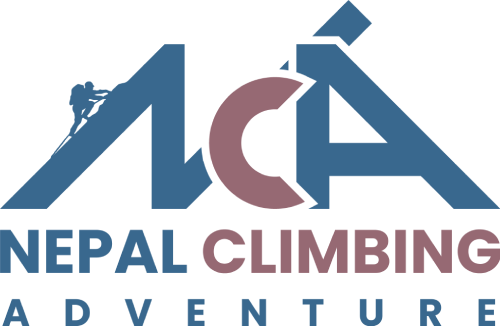
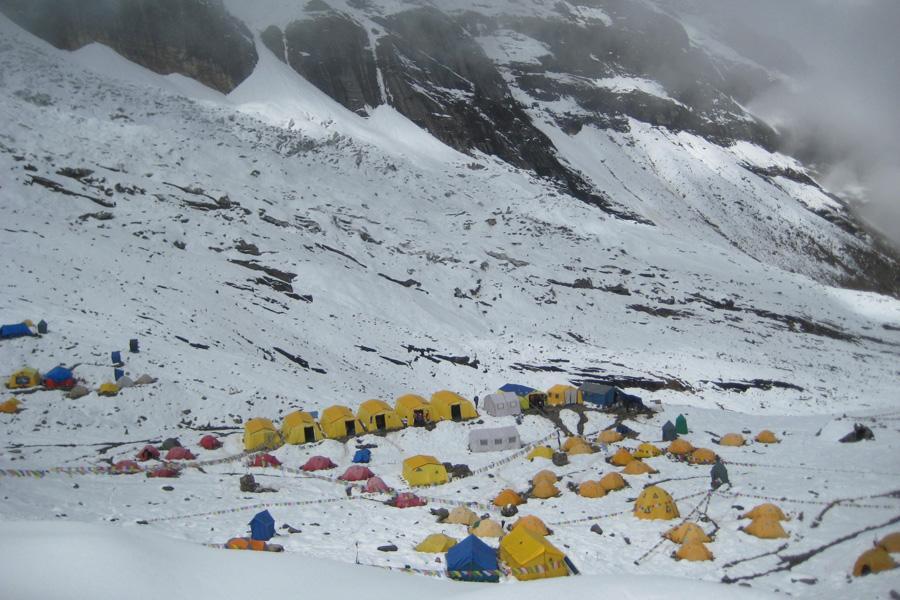
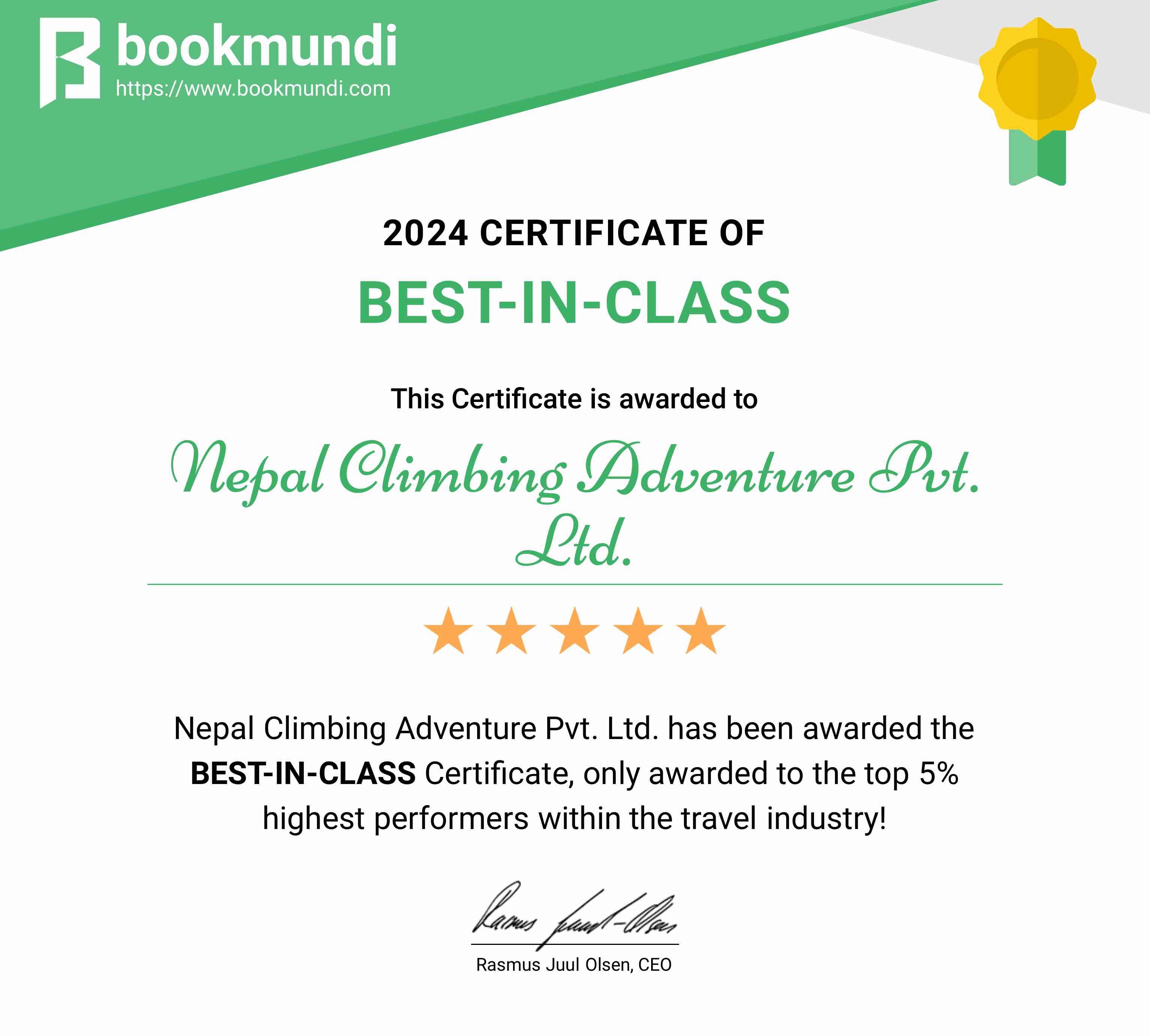

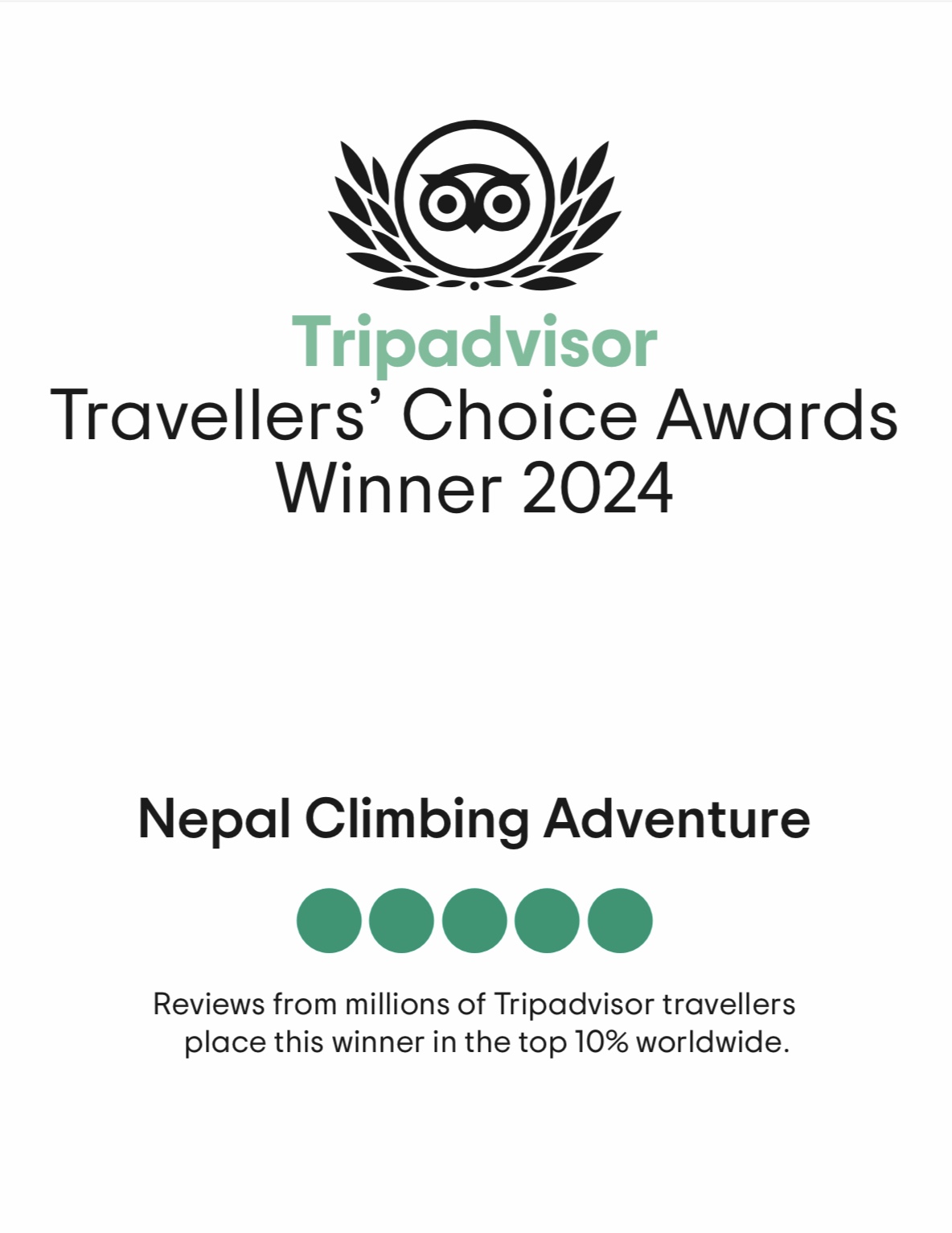
















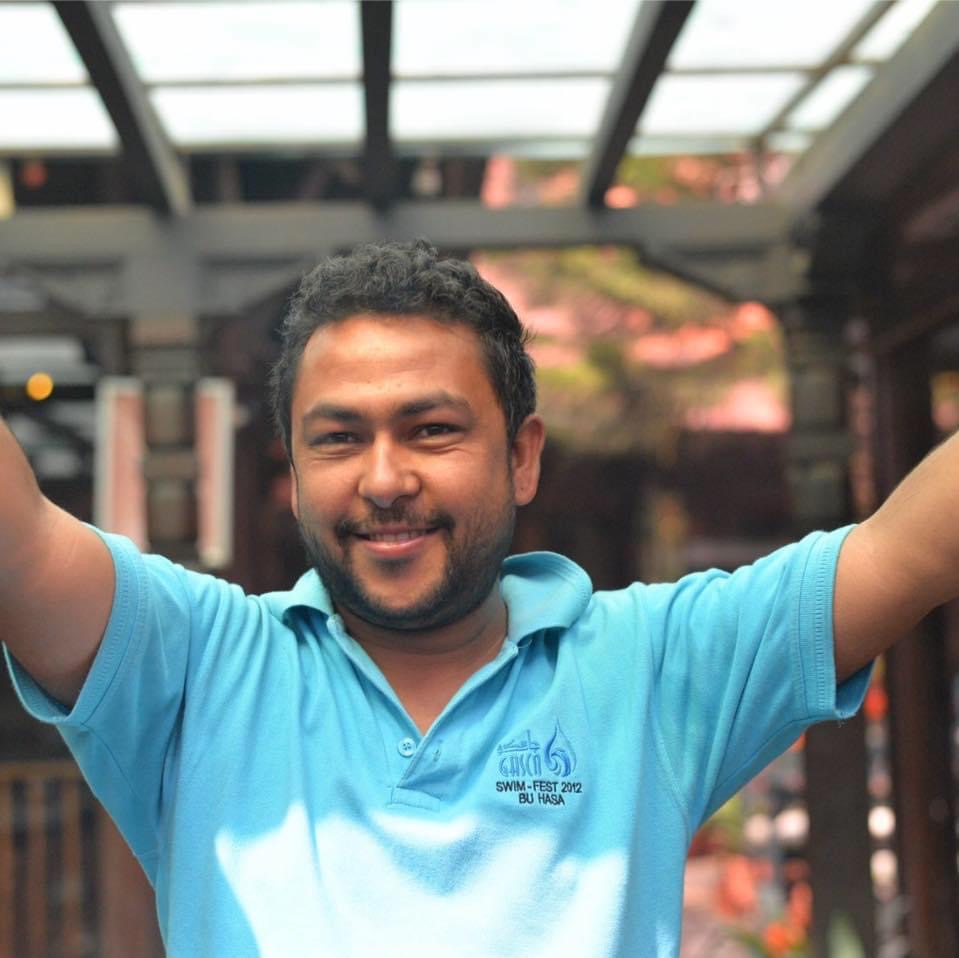 Chris Chhetri
Chris Chhetri